Home>Garden Essentials>Which Is Better Ground Cover: Pachysandra Or Vinca
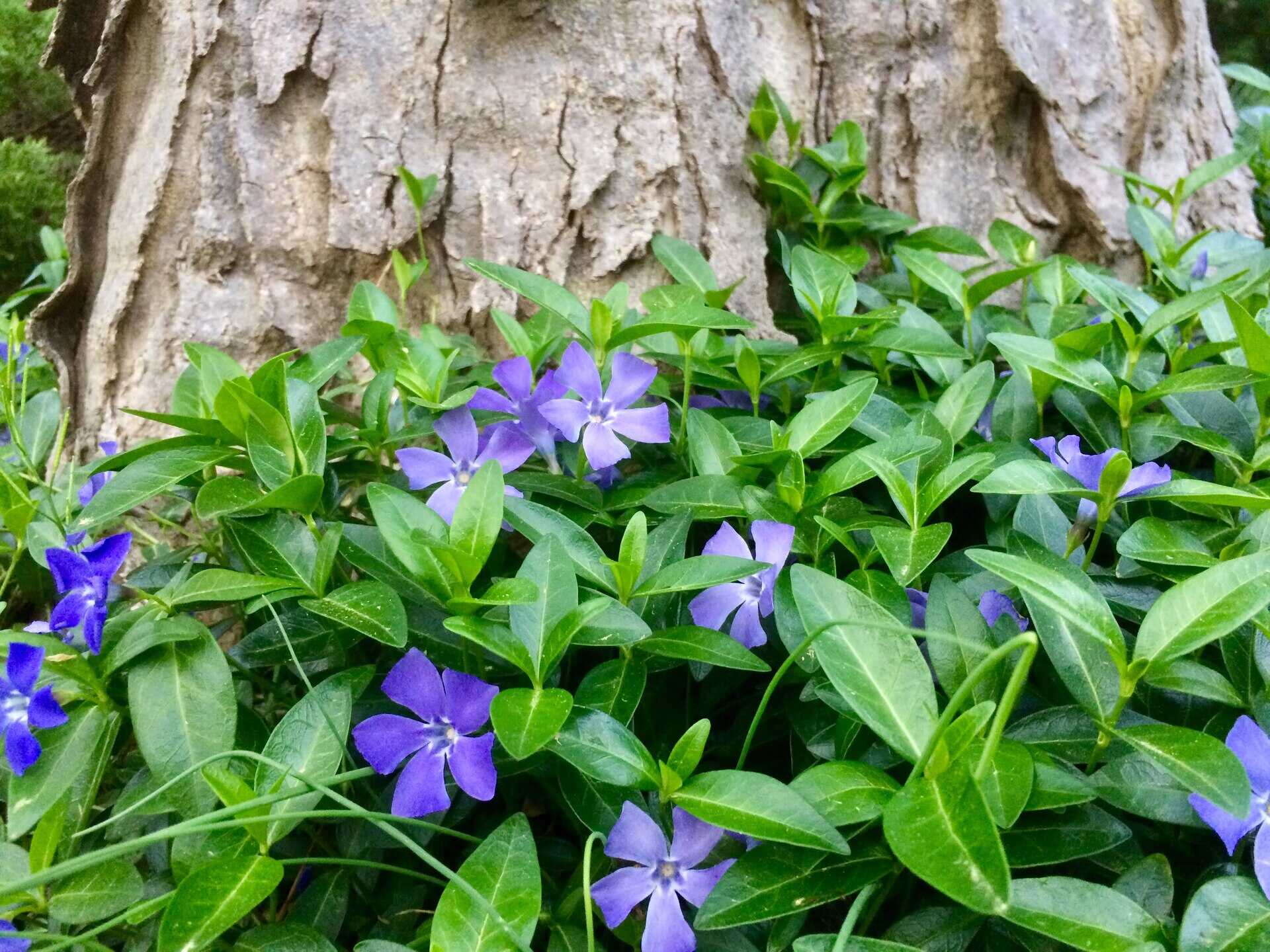

Garden Essentials
Which Is Better Ground Cover: Pachysandra Or Vinca
Modified: October 21, 2024
Discover the best ground cover for your garden between Pachysandra and Vinca. Find out which one is better suited for your gardening needs.
(Many of the links in this article redirect to a specific reviewed product. Your purchase of these products through affiliate links helps to generate commission for Storables.com, at no extra cost. Learn more)
Introduction
When it comes to choosing the right ground cover for your garden, two popular options that often come up are Pachysandra and Vinca. These two plants are renowned for their ability to provide a lush carpet-like covering, effectively suppressing weeds and enhancing the overall aesthetics of your outdoor space. While both Pachysandra and Vinca serve the same purpose, there are some key differences between them that you should consider before making a decision.
With their beautiful foliage and low-maintenance requirements, Pachysandra and Vinca are highly favored by gardeners looking to create a versatile and visually appealing ground cover. However, each plant possesses unique characteristics and growing requirements that can influence their suitability for your particular garden.
In this article, we will explore the characteristics, growing requirements, maintenance needs, pest and disease resistance, and environmental considerations of both Pachysandra and Vinca. By the end of this comprehensive guide, you will have a better understanding of which ground cover – Pachysandra or Vinca – is the most suitable choice for your garden.
Key Takeaways:
- Pachysandra is a slow-growing, shade-tolerant ground cover that requires minimal maintenance and provides environmental benefits such as weed suppression and soil stabilization.
- Vinca is a versatile ground cover with colorful flowers, adaptable to various conditions, and offers benefits such as weed suppression, water conservation, and pollinator attraction.
Read more: How To Plant Vinca Ground Cover
Characteristics of Pachysandra
Pachysandra, also known as Japanese spurge, is a popular evergreen ground cover that thrives in shady areas. It features glossy, dark green leaves that form dense mats, creating a thick carpet-like appearance. The leaves are oval to lanceolate in shape and have a serrated edge, giving them a distinctive and attractive look.
Pachysandra is a slow-growing plant that can reach a height of 6 to 12 inches and spread up to 2 feet or more. Its compact growth makes it an excellent choice for filling in empty spaces and providing a uniform ground cover. The plant also produces small, white, fragrant flowers in early spring, adding a touch of elegance to your garden.
One of the notable characteristics of Pachysandra is its ability to tolerate shade. It is well-suited for areas with dappled sunlight or even full shade, making it an ideal choice for gardens with tall trees or buildings that cast shadows. However, it can also tolerate some morning sun, especially in cooler climates.
Another advantage of Pachysandra is its ability to suppress weed growth. Once established, the dense foliage of Pachysandra forms a thick carpet that effectively prevents weed growth, reducing the need for constant weeding and maintenance.
Pachysandra is a relatively low-maintenance plant that requires minimal care. It has excellent drought tolerance, meaning it can withstand periods of dry weather without significant moisture requirements. However, regular watering during hot, dry spells is still recommended to maintain its lush appearance.
Characteristics of Vinca
Vinca, also known as Periwinkle or Myrtle, is a popular ground cover plant with stunning, star-shaped flowers and glossy foliage. It comes in various colors, including white, pink, and purple, adding vibrant splashes of color to your garden. Vinca plants have a trailing habit, making them perfect for cascading over walls, containers, or as a dense ground cover.
The foliage of Vinca is semi-evergreen, meaning it retains its leaves throughout the year, especially in milder climates. The leaves are oval to lanceolate in shape and are typically deep green in color, though some varieties may have variegated patterns. These leaves create a dense mat, effectively covering the ground and suppressing weed growth.
Vinca is a relatively fast-growing plant that can reach a height of 6 to 12 inches and spread up to 2 feet or more, filling in empty spaces and quickly creating a lush carpet-like appearance. Its trailing nature allows it to spread horizontally, making it a great option for areas where you want a plant to spread and cover a larger area.
One of the highlights of Vinca is its ability to thrive in a wide range of conditions. It can tolerate both full sun and partial shade, making it a versatile choice for various garden settings. However, it performs best in well-drained soil with regular watering, as excessive moisture can lead to root rot.
In addition to its decorative flowers and foliage, Vinca also produces long, slender stems that tend to root where they touch the ground. This characteristic enables the plant to spread rapidly and create a thick carpet of foliage, ensuring effective weed suppression.
Vinca requires minimal maintenance once established. Regular watering is essential, particularly during dry spells, to ensure healthy growth. Additionally, light pruning after the flowering period can help maintain the plant’s shape and promote bushier growth.
Growing Requirements of Pachysandra
Pachysandra is a hardy and adaptable plant that can thrive in various growing conditions. Here are the key growing requirements to consider when planting Pachysandra:
- Light: Pachysandra prefers partial to full shade conditions. It can tolerate some morning sun in cooler climates, but direct afternoon sun can scorch its leaves. Choose a location in your garden with dappled sunlight or shade to provide the ideal growing conditions for Pachysandra.
- Soil: Pachysandra thrives in moist, well-draining soil. It can tolerate a range of soil types, including sandy or clay soil, but prefers a slightly acidic soil with a pH between 5.5 and 6.5. Ensure adequate drainage to prevent waterlogging, as prolonged exposure to wet soil can lead to root rot.
- Water: While Pachysandra has excellent drought tolerance, regular watering is still necessary, especially during dry periods. Water deeply and thoroughly, allowing the soil to dry slightly between waterings. Avoid overwatering, as excessive moisture can attract pests and promote fungal diseases.
- Fertilizer: Pachysandra is not a heavy feeder, but an occasional application of a balanced slow-release fertilizer in spring can promote healthy growth. Follow the manufacturer’s instructions for proper dosage and application method.
- Planting: When planting Pachysandra, prepare the soil by removing any weeds and loosening it with a garden fork or tiller. Dig a hole slightly larger than the root ball and place the plant, making sure it sits at the same depth as it was in the nursery container. Space the plants 6 to 12 inches apart to allow for proper spreading.
By providing the right growing conditions, Pachysandra can establish and thrive, creating a lush carpet of green foliage in your garden. Regular monitoring and maintenance will ensure its continued health and vibrancy.
Growing Requirements of Vinca
Vinca is a versatile and adaptable plant that can thrive in a variety of growing conditions. Here are the key requirements to consider when planting Vinca:
- Light: Vinca prefers full sun to partial shade. It can tolerate some shade, but prolonged lack of sunlight may result in reduced flowering and thinner growth. Choose a location in your garden that receives at least 4-6 hours of direct sunlight each day for optimum growth and blooming.
- Soil: Vinca prefers well-draining soil with a slightly acidic to neutral pH range between 6.0 and 7.0. It can adapt to various soil types, including sandy, loamy, or clay soil, as long as it is well-drained. Before planting, amend the soil with organic matter such as compost to improve fertility and drainage.
- Water: Vinca requires regular watering, particularly during dry spells. Keep the soil consistently moist, but not waterlogged, as excessive moisture can lead to root rot. Water at the base of the plant to avoid wetting the foliage, which can promote fungal diseases. Mulching around the plants can help retain moisture and suppress weed growth.
- Fertilizer: Vinca is not a heavy feeder, but a balanced, slow-release fertilizer applied once in early spring can promote healthy growth and abundant flowering. Follow the manufacturer’s instructions for proper dosage and application method. Avoid over-fertilizing, as it can lead to excessive foliage growth and reduced flowering.
- Planting: When planting Vinca, prepare the soil by removing any weeds and loosening it with a garden fork or tiller. Dig a hole slightly larger than the root ball and place the plant, ensuring that it sits at the same depth as it was in the nursery container. Space the plants about 12-18 inches apart, as Vinca can spread and fill in gaps quickly.
By providing the right growing conditions, Vinca can establish and thrive, creating a beautiful carpet of colorful flowers and lush foliage in your garden. Regular watering, occasional fertilization, and proper maintenance will help ensure its health and vigor.
Read more: When To Plant Pachysandra Ground Cover
Comparison of Pachysandra and Vinca as Ground Covers
Both Pachysandra and Vinca are excellent choices for ground covers, but they have some distinct differences that make them suitable for different garden settings. Here is a comparison of Pachysandra and Vinca:
Appearance: Pachysandra has glossy, dark green leaves and produces small, white flowers in spring. It creates a thick, dense carpet-like covering. Vinca, on the other hand, offers colorful star-shaped flowers in shades of white, pink, or purple, which add vibrancy to the ground cover. Vinca’s trailing growth habit creates a cascading effect.
Growing Conditions: Pachysandra prefers partial to full shade and can tolerate dappled sunlight. It is an ideal choice for shady areas under trees or buildings. Vinca, on the other hand, thrives in full sun to partial shade, making it more versatile in terms of growing conditions.
Spread: Pachysandra grows relatively slowly, reaching a height of 6 to 12 inches and spreading up to 2 feet or more. It is an excellent option for filling in smaller areas or creating a uniform carpet. Vinca, with its trailing growth habit, spreads more rapidly, covering larger areas and trailing over walls or containers.
Weed Suppression: Both Pachysandra and Vinca are effective at suppressing weed growth due to their dense foliage. Once established, they form a thick mat that prevents weed emergence. However, Vinca’s trailing habit and rapid spread can make it more efficient at covering larger areas and suppressing weeds.
Tolerance to Growing Conditions: Pachysandra is known for its shade tolerance and can thrive in areas with limited sunlight. It also has excellent drought tolerance, making it suitable for areas with intermittent watering. Vinca, on the other hand, can tolerate a wider range of conditions, including full sun and partial shade, but it prefers well-drained soil and regular watering.
Maintenance: Both Pachysandra and Vinca are relatively low-maintenance ground covers. They require regular watering, occasional fertilization, and minimal pruning to maintain their shape and appearance. Pachysandra may require less pruning due to its slower growth, while Vinca may need trimming to keep it in check as it spreads vigorously.
Ultimately, the choice between Pachysandra and Vinca as ground covers depends on your specific garden conditions and preferences. If you have shady areas and prefer a slow-growing, dense carpet-like ground cover, Pachysandra is a suitable choice. If you have a mix of sun and shade, and desire a ground cover with colorful flowers and rapid spread, Vinca may be the better option.
Maintenance of Pachysandra
Pachysandra is a low-maintenance ground cover that requires minimal care once established. Here are some maintenance tasks to keep your Pachysandra healthy and looking its best:
- Watering: While Pachysandra has excellent drought tolerance, it is important to provide regular watering, especially during dry spells. Water deeply and thoroughly, allowing the soil to dry slightly between waterings. Avoid overwatering, as excessive moisture can attract pests and promote fungal diseases.
- Weed Control: Pachysandra is known for its ability to suppress weed growth, but it is still important to keep an eye out for any emerging weeds. Regularly inspect the area and remove any weeds that appear. Applying a layer of mulch around the plants can help suppress weed growth and retain moisture in the soil.
- Pruning: Pachysandra typically requires minimal pruning due to its slow growth habit. However, if your Pachysandra begins to spread beyond its desired boundaries or becomes too dense, you can trim back the edges with sharp pruners. This will help maintain a neat appearance and prevent the plant from encroaching on other areas of your garden.
- Fertilizing: Pachysandra is not a heavy feeder, but an occasional application of a balanced slow-release fertilizer in early spring can promote healthy growth. Use a fertilizer formulated for acid-loving plants or one with an NPK ratio of around 10-10-10. Follow the manufacturer’s instructions for proper dosage and application method.
- Pest and Disease Control: Pachysandra is relatively resistant to pests and diseases, but it can still face some issues. Keep an eye out for common pests such as slugs, snails, and scale insects. If necessary, use organic pest control methods or consult with a professional for appropriate treatments. Rarely, Pachysandra can be susceptible to fungal diseases such as leaf spot. If you notice any signs of discoloration or lesions on the leaves, consult with a garden professional for appropriate treatment options.
By following these maintenance practices, you can ensure that your Pachysandra remains healthy, vibrant, and provides a beautiful ground cover for your garden. Regular upkeep will help maintain its attractive appearance and prevent any problems from arising.
When choosing between Pachysandra and Vinca as ground cover, consider the growing conditions of your garden. Pachysandra prefers shade and moist soil, while Vinca can tolerate more sun and drier conditions. Choose the one that best suits your garden’s environment.
Maintenance of Vinca
Vinca, as a ground cover, is relatively low-maintenance and easy to care for. Here are some maintenance tasks to keep your Vinca healthy and thriving:
- Watering: Vinca needs regular watering to keep the soil consistently moist. During dry spells or periods of drought, water deeply and thoroughly, ensuring that the water reaches the root zone. Avoid overwatering, as it can lead to root rot and other problems. Mulching around the plants can help retain moisture in the soil and reduce the need for frequent watering.
- Weed Control: Vinca is effective at suppressing weed growth with its dense mat of foliage. However, it’s still important to regularly inspect the area and remove any weeds that manage to germinate. This will help maintain the aesthetic appeal and ensure that the Vinca can continue to spread and fill in the space without competition from weeds.
- Pruning: Vinca generally requires minimal pruning. However, if your Vinca starts to spread beyond its desired boundaries or becomes too invasive in certain areas, you can trim back the edges using sharp pruners. This will help maintain a more compact and controlled growth pattern. Additionally, light pruning after the flowering period can help maintain the plant’s shape and promote bushier growth.
- Fertilizing: Vinca is not a heavy feeder, but a balanced, slow-release fertilizer applied in early spring can promote healthy growth and abundant flowering. Look for a fertilizer with an NPK ratio of around 10-10-10 or a formulation specifically for flowering plants. Follow the manufacturer’s instructions for proper dosage and application method to avoid overfertilization.
- Pest and Disease Control: Vinca is generally resistant to pests and diseases. However, keep an eye out for common garden pests such as aphids and spider mites. If an infestation occurs, use organic pest control methods or consult with a professional for appropriate treatments. Vinca can also be susceptible to fungal diseases like powdery mildew in humid conditions. Ensure good air circulation and avoid overhead watering to minimize the risk of disease development.
By following these maintenance guidelines, you can keep your Vinca healthy, lush, and visually appealing. Regular watering, occasional pruning, fertilizing as needed, and monitoring for pests and diseases will help ensure that your Vinca ground cover continues to thrive and enhance the beauty of your garden.
Pest and Disease Resistance of Pachysandra
Pachysandra is generally known for its robust nature and resistance to many pests and diseases. Its resilient qualities make it a favored choice for gardeners seeking a low-maintenance ground cover. However, like any plant, it can still face some occasional challenges. Here are some common pests and diseases that can affect Pachysandra:
1. Japanese Beetle: Japanese beetles can occasionally feed on the foliage of Pachysandra. These pests can cause skeletonization, leaving behind lacy leaves. If you notice Japanese beetles on your Pachysandra, handpicking them off the plants or using organic pest control methods can help manage the infestation.
2. Leaf Spot: Leaf spot is a fungal disease that can affect Pachysandra, causing brown or black spots on the leaves. It is more common in humid conditions or when the foliage remains wet for extended periods. To prevent leaf spot, avoid overhead watering and ensure good air circulation around the plants. If leaf spot occurs, removing and disposing of infected foliage and applying fungicides can help manage the disease.
3. Vole Damage: Voles are small rodents that can sometimes cause damage to the roots of Pachysandra. They can chew through roots and create tunnels, leading to plant stress and decline. To prevent vole damage, consider using physical barriers, such as wire mesh, around the plants. Trapping or using repellents may also help control vole populations.
4. Slugs and Snails: Slugs and snails are common pests that can feed on the leaves of Pachysandra, causing unsightly damage. These pests are more active in moist environments. Handpicking them off the plants or using organic slug and snail control methods can help manage the infestation.
It is important to note that while Pachysandra is generally resilient against pests and diseases, certain environmental conditions, such as overly wet or poorly drained soil, can make it more susceptible to issues like root rot. Providing proper growing conditions, such as well-drained soil and adequate air circulation, can help prevent these problems.
Regular monitoring and proactive maintenance, such as proper watering, pruning, and keeping the area around the plants clean, can help promote the overall health and resistance of Pachysandra to pests and diseases. If you notice any signs of pest or disease infestation that you are unsure about, consult with a garden professional for appropriate diagnosis and treatment options.
Read more: Which Ground Cover Is Best For Full Sun
Pest and Disease Resistance of Vinca
Vinca, as a ground cover plant, is generally known for its resistance to many common pests and diseases. Its durability and adaptability make it a popular choice for gardeners seeking an attractive and low-maintenance option. However, it is still important to be aware of potential issues that can affect Vinca. Here is a look at some common pests and diseases that may impact Vinca:
1. Aphids: Aphids are small insects that can cluster on the leaves and stems of Vinca. They suck sap from the plant, causing distorted growth and honeydew residue. Aphids can be controlled through various methods, such as handpicking, using insecticidal soap, or introducing natural predators like ladybugs.
2. Spider Mites: Spider mites are tiny pests that can infest Vinca, particularly in dry or dusty conditions. They feed on the plant sap, leading to yellowing leaves and a web-like appearance. Regularly spraying the plants with water and maintaining good humidity in the area can help prevent spider mite infestations. If necessary, use insecticidal soap or horticultural oil to manage the problem.
3. Powdery Mildew: Powdery mildew is a fungal disease that can affect Vinca, especially in humid conditions. It appears as a white or gray powdery coating on the leaves. Proper spacing between plants, good air circulation, and avoiding overhead watering can help prevent powdery mildew. If necessary, fungicidal sprays can be used to control the disease.
4. Root Rot: Vinca can be susceptible to root rot if the soil becomes excessively waterlogged or poorly drained. This can lead to root damage and decline in the plant’s health. To prevent root rot, ensure that the soil is well-draining and avoid overwatering. If root rot is suspected, adjusting the watering practices and improving drainage can help recover the plant’s health.
It is important to note that while Vinca is generally resistant to many pests and diseases, certain environmental conditions or neglect can weaken the plant’s defenses. Providing proper growing conditions, regular monitoring, and proactive maintenance, such as proper watering and pruning, can help promote the overall health and resistance of Vinca.
If you notice any signs of pest or disease infestation on your Vinca that you are unsure about, consult with a garden professional for accurate diagnosis and appropriate treatment options. Taking timely action and practicing good plant care can help ensure the continued success and beauty of your Vinca ground cover.
Environmental Considerations for Pachysandra
When considering Pachysandra as a ground cover for your garden, it is important to take into account its environmental impact. Here are some environmental considerations to keep in mind:
1. Shade Tolerance: Pachysandra excels in shady areas and is well-suited for gardens with limited sunlight. By planting Pachysandra in shaded spots, you can make the most of areas that may not be suitable for other plants. This shade tolerance can also help reduce water evaporation from the soil, conserving moisture and preventing soil erosion.
2. Soil Stabilization: Pachysandra has a spreading growth habit, which helps stabilize the soil and prevent erosion. Its dense root system holds the soil in place, making it beneficial for sloped areas or places prone to runoff. By using Pachysandra as a ground cover, you can reduce soil erosion and protect the health of nearby water bodies.
3. Wildlife Habitat: Pachysandra provides habitat for various beneficial insects, such as bees and butterflies, which are important for pollination. The dense foliage and occasional flowers of Pachysandra attract these pollinators, promoting biodiversity and supporting ecosystem health in your garden.
4. Weed Suppression: Pachysandra is highly effective at suppressing weed growth due to its dense growth habit. By planting Pachysandra as a ground cover, you can minimize the need for herbicides or frequent weeding, thus reducing chemical use and potential harm to the environment.
5. Water Conservation: Once established, Pachysandra has excellent drought tolerance and requires minimal watering. This water efficiency can contribute to water conservation efforts in regions with limited water resources or during dry periods. However, it is still important to ensure adequate watering during extreme drought to maintain the health and vibrancy of the plants.
6. Chemical Pesticide Usage: Pachysandra is relatively resistant to pests and diseases, reducing the need for chemical pesticide applications. This can help minimize the introduction of harmful chemicals into the environment and protect beneficial insects and other wildlife.
Incorporating Pachysandra into your garden design can provide numerous environmental benefits. Its shade tolerance, soil stabilization properties, wildlife habitat support, weed-suppressing ability, water conservation characteristics, and reduced reliance on chemical pesticides make it an eco-friendly choice for ground cover. By considering these environmental considerations, you can create a sustainable and environmentally conscious landscape.
Environmental Considerations for Vinca
When considering Vinca as a ground cover for your garden, it is important to take into account its environmental impact. Here are some environmental considerations to keep in mind:
1. Adaptability: Vinca is known for its adaptability to various growing conditions, making it a versatile option for different garden settings. Its ability to thrive in full sun to partial shade allows for greater flexibility in choosing planting locations. By selecting suitable areas, you can optimize the growing conditions for Vinca and reduce the need for excessive fertilizers, water, and other resources.
2. Soil Erosion Control: Vinca’s trailing growth habit and dense foliage help stabilize the soil and prevent erosion. Planting Vinca on slopes or areas prone to runoff can help reduce soil erosion and protect the health of nearby water bodies. Its effective ground cover also helps retain moisture in the soil, promoting overall soil health and reducing water loss through evaporation.
3. Pollinator Attraction: Vinca produces colorful flowers that attract bees, butterflies, and other pollinators. By planting Vinca in your garden, you can support pollinator populations and contribute to the biodiversity of your local ecosystem. These pollinators play a vital role in the reproduction of many plants and contribute to the overall health of the environment.
4. Weed Suppression: Vinca’s dense growth and sprawling habit enable it to effectively suppress weed growth. By choosing Vinca as a ground cover, you can minimize the need for chemical herbicides or frequent manual weeding, reducing the potential harm to the environment and conserving resources.
5. Water Conservation: Vinca is known for its moderate to low water requirements once established. This water efficiency can contribute to water conservation efforts, particularly in regions with limited water resources or during periods of drought. By using Vinca as a ground cover, you can minimize water consumption and promote sustainable gardening practices.
6. Nitrogen Fixation: Certain varieties of Vinca, such as Vinca minor, have the ability to fix nitrogen in the soil. Nitrogen fixation is a natural process where plants convert atmospheric nitrogen into a form that is accessible to other plants. This can help improve soil fertility and reduce the need for synthetic fertilizers.
By considering these environmental considerations and incorporating Vinca into your garden design, you can create a more sustainable and eco-friendly landscape. Vinca’s adaptability, soil erosion control, pollinator support, weed suppression, water conservation, and nitrogen-fixing capabilities make it a positive choice for the environment. Promoting biodiversity and practicing responsible gardening methods helps preserve the natural balance and health of our ecosystems.
Conclusion
Choosing the right ground cover for your garden is essential for creating a beautiful and functional outdoor space. Pachysandra and Vinca are two popular options that offer distinct characteristics and advantages as ground covers. Understanding their differences and considering important factors such as appearance, growing requirements, maintenance, pest and disease resistance, and environmental considerations will help you make an informed decision.
Pachysandra, with its glossy green foliage, slow growth, and shade tolerance, is an excellent choice for shady areas under trees or buildings. It suppresses weed growth, requires minimal maintenance, and is relatively resistant to pests and diseases. Its ability to stabilize the soil, withstand drought, and provide habitat for pollinators contribute to its environmental benefits.
Vinca, with its colorful flowers, adaptability to various growing conditions, and rapid spread, is a versatile ground cover option. It creates a vibrant carpet-like appearance, tolerates full sun to partial shade, and suppresses weed growth effectively. Vinca’s low maintenance requirements, resistance to pests and diseases, and environmental benefits such as soil erosion control and pollinator attraction make it an attractive choice for many garden settings.
Ultimately, the choice between Pachysandra and Vinca depends on your specific garden conditions, preferences, and desired aesthetic. Consider factors such as the amount of shade or sunlight in your garden, the level of maintenance you are willing to provide, the desired rate of ground cover spread, and the specific environmental considerations that align with your gardening ethos.
By selecting the most suitable ground cover and following proper care practices, you can create an attractive and sustainable garden. Whether you choose the versatile and rapidly spreading Vinca or the slow-growing, shade-tolerant Pachysandra, both options will enhance the beauty of your outdoor space while providing practical benefits such as weed suppression, soil stabilization, and environmental support.
Remember to regularly monitor your ground cover, provide adequate water, occasional fertilization, and address any pest or disease issues promptly. By doing so, you can enjoy a thriving and visually appealing garden that brings joy and tranquility for years to come.
If you're keen on sprucing up your garden, considering various ground covers is a great start. For more detailed insights, delve into our article on ground cover plants where we list effective options that could transform your garden's aesthetics and functionality. On another note, if you're pondering ways to add a bit of charm and privacy, our guide on gardening provides creative and practical fence ideas that are perfect for any outdoor space. Both articles offer valuable tips and inspirational ideas to enhance your gardening journey.
Frequently Asked Questions about Which Is Better Ground Cover: Pachysandra Or Vinca
Was this page helpful?
At Storables.com, we guarantee accurate and reliable information. Our content, validated by Expert Board Contributors, is crafted following stringent Editorial Policies. We're committed to providing you with well-researched, expert-backed insights for all your informational needs.


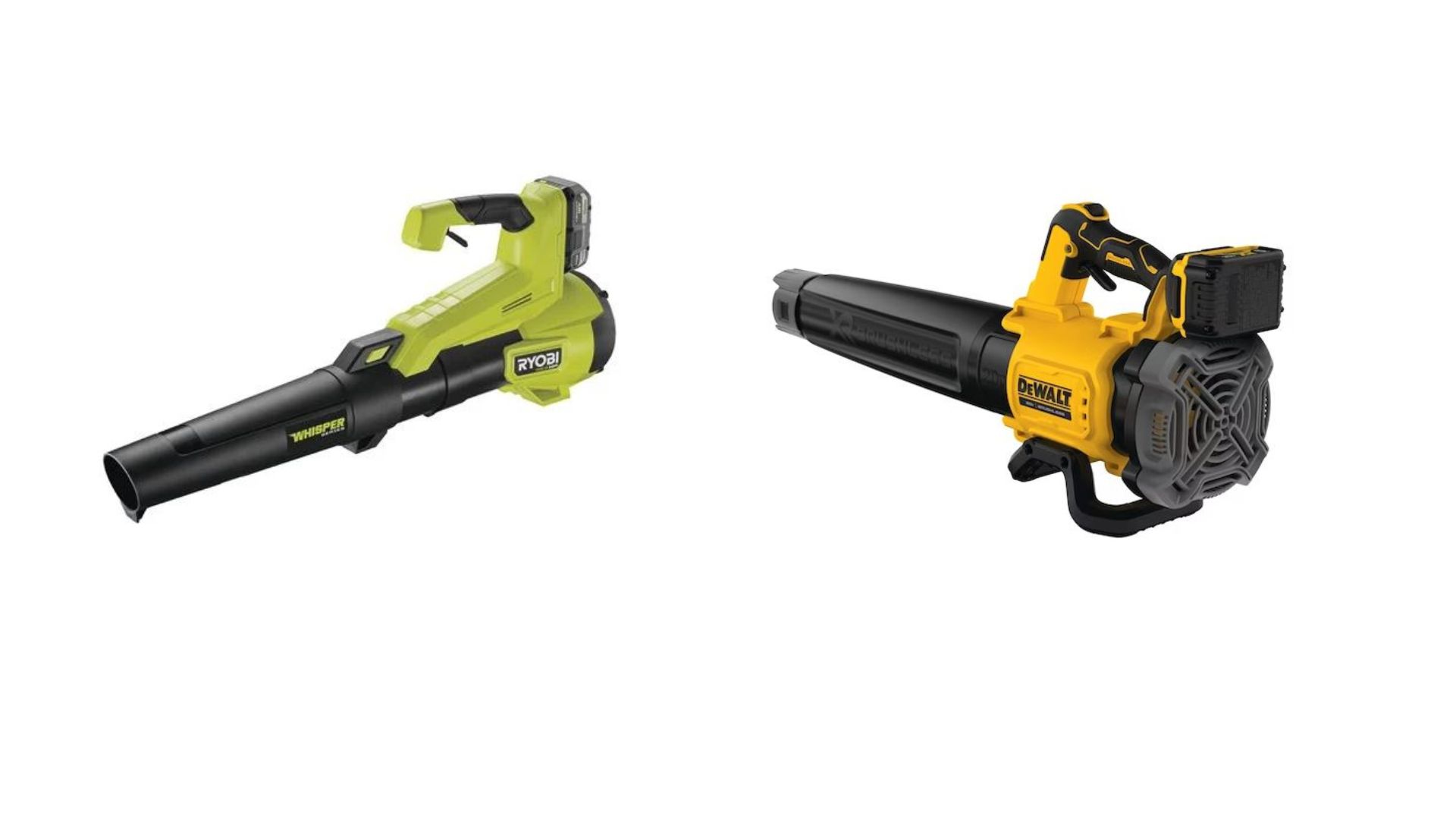
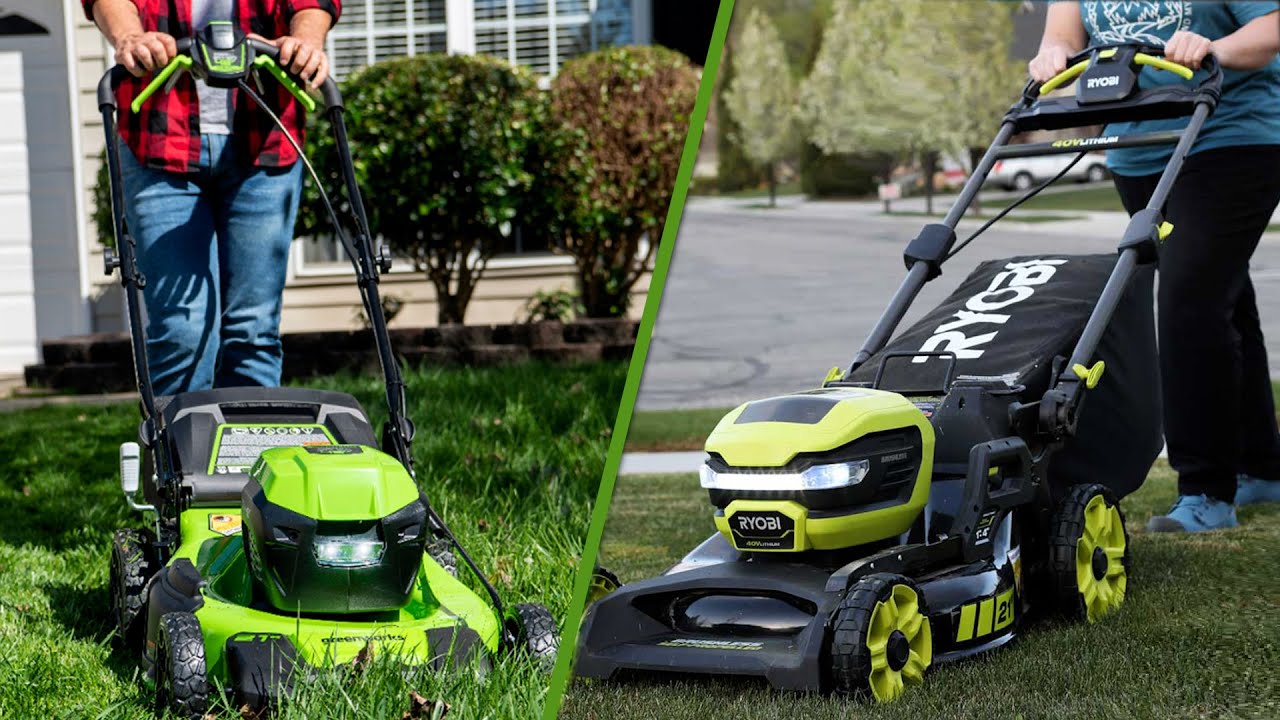

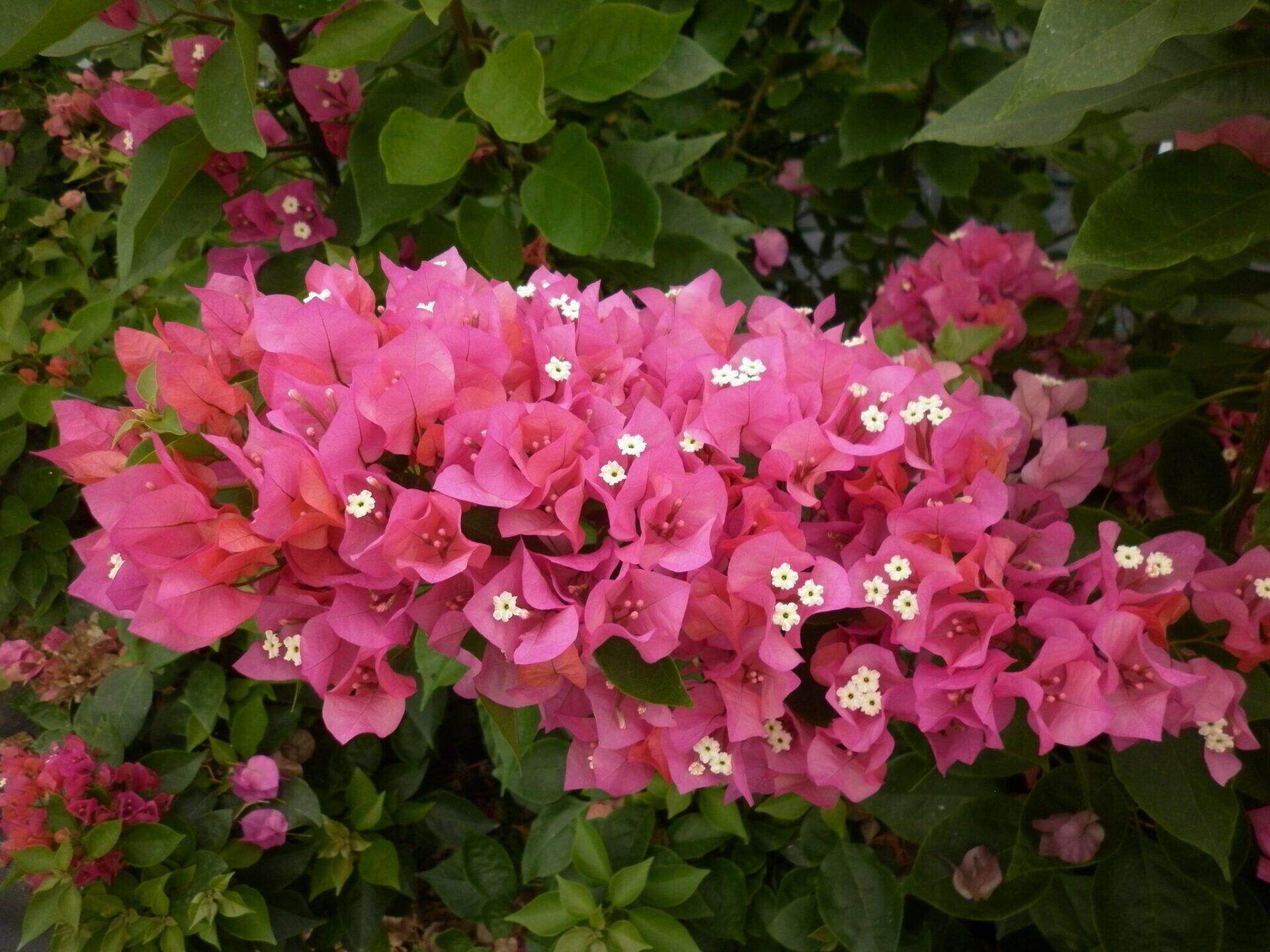
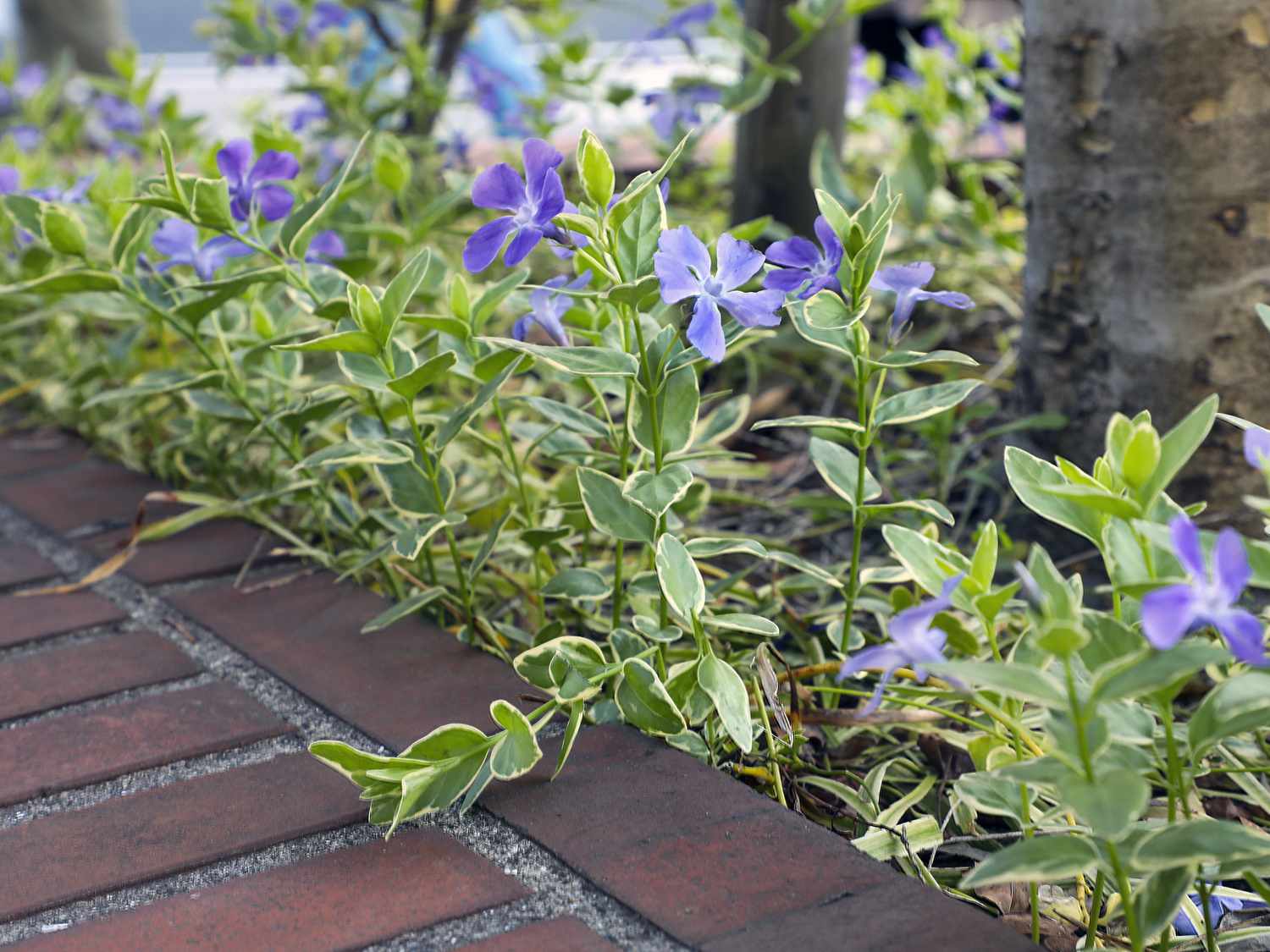
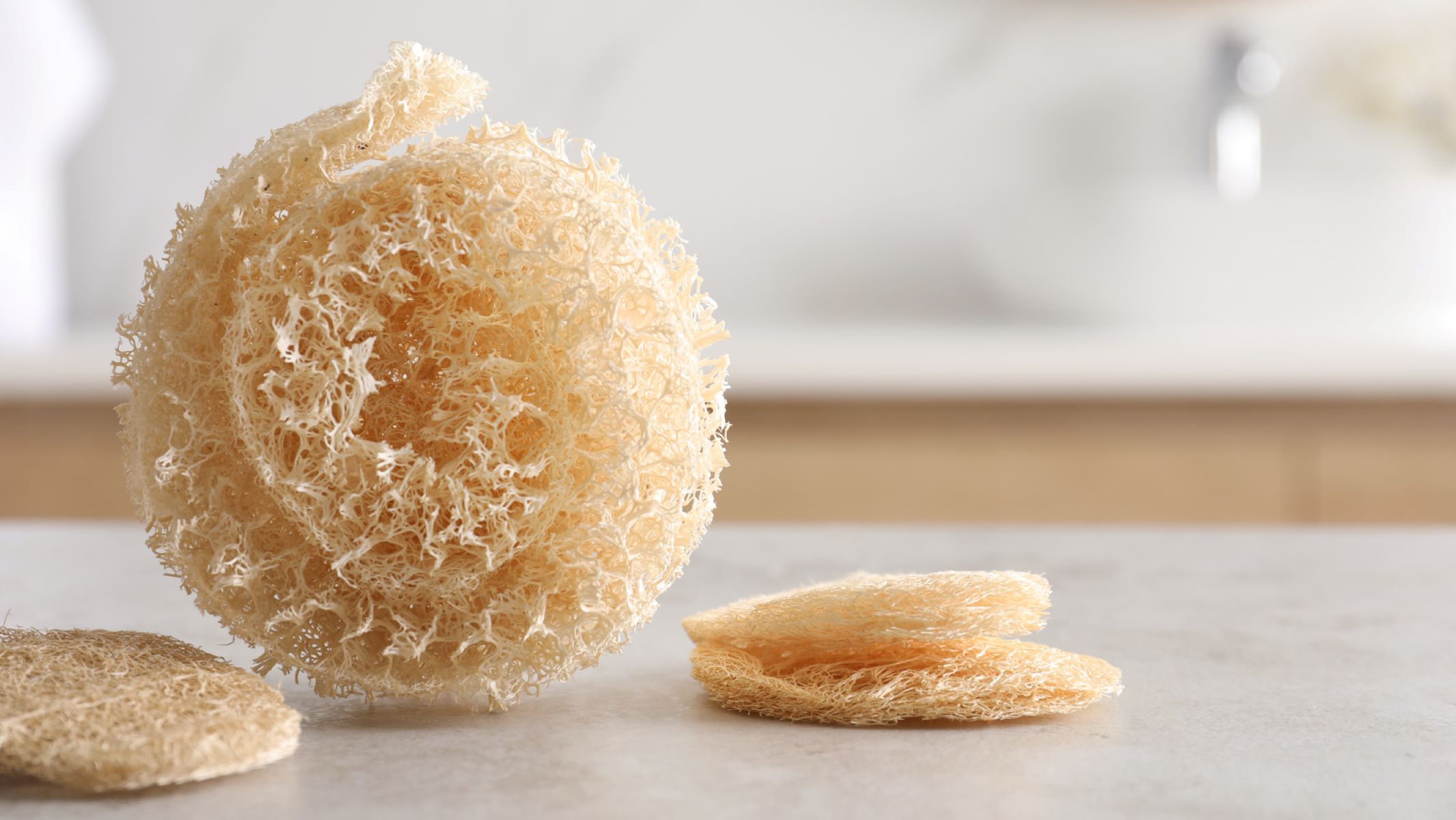
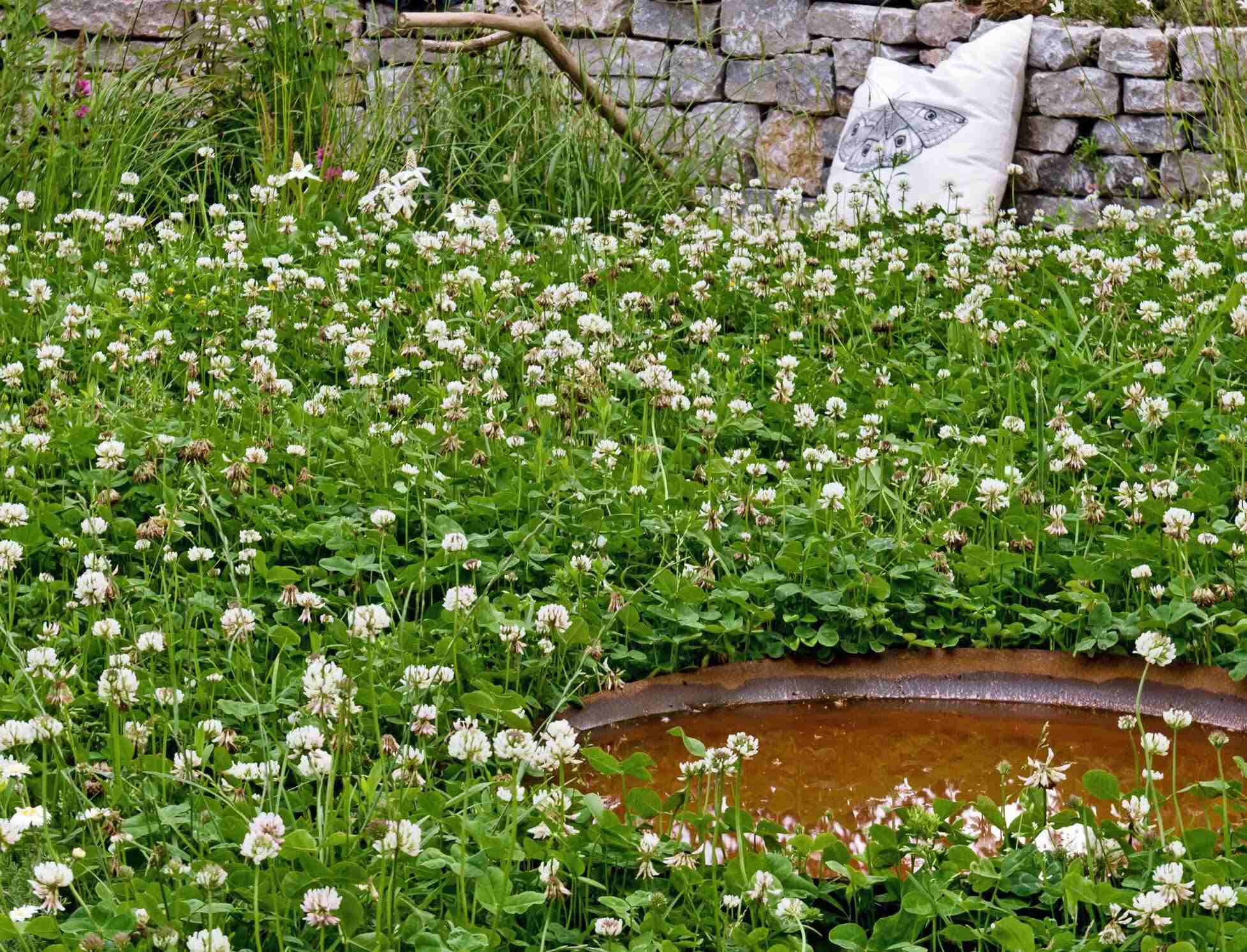


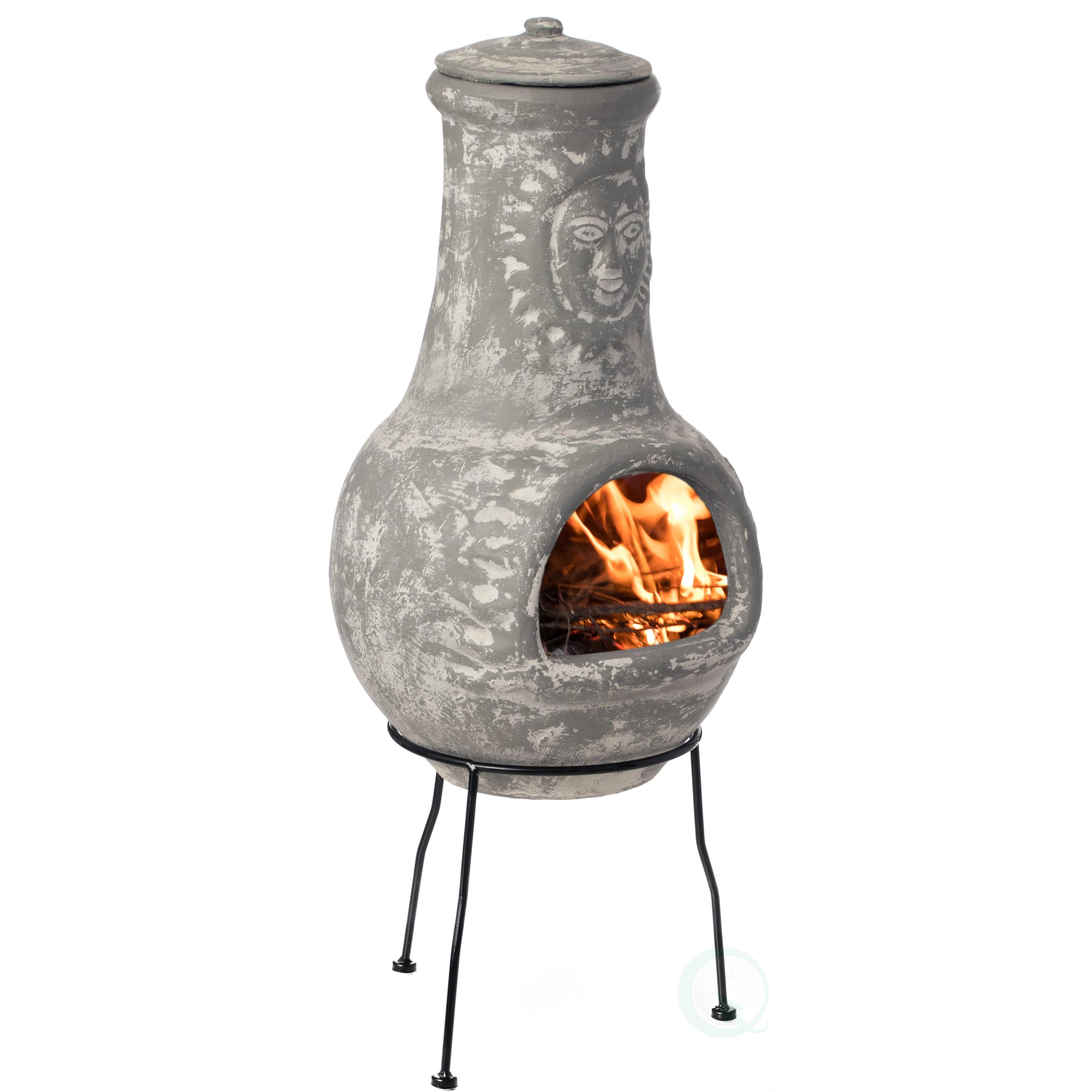


0 thoughts on “Which Is Better Ground Cover: Pachysandra Or Vinca”